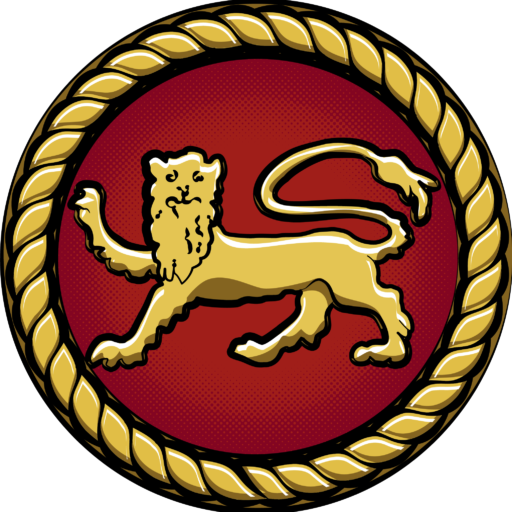The Survey Team
In August 2024 we all assembled as members of team to survey the wrecksite of HMS Exmouth. Each of us were touched by the experience in different ways. Here are the voices of the team members telling their individual story of discovery.
Jen Smith, Project Lead and Expedition Diver
Rich Walker, Dive Manager and Expedition Diver
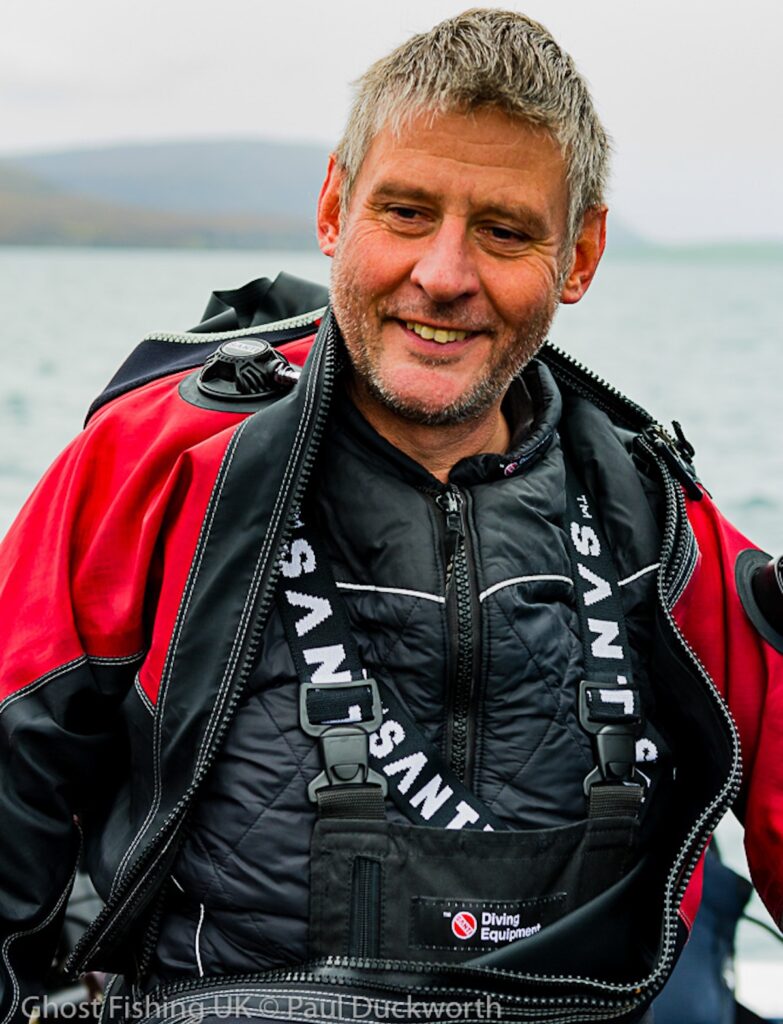
I’ve been involved with many diving projects throughout my career. The unique opportunity to glimpse a ship that was once a home to its crew is a real privilege and often a humbling experience. It was a place where they lived, worked, and often fought and died together. Being able to connect with a moment frozen in time by submerging beneath the waves to the resting place of a ship is something that will never lose its appeal.
Diving on HMS EXMOUTH was an opportunity I could not turn down. The significance of her loss so early in the war, coupled with the fact that it largely remained undocumented due to the protection afforded to her as a controlled site, made it all the more compelling.
My initial descent onto the wreck was quite relaxed. I had deliberately avoided forming any preconceived ideas about what I might find. As my eyes adjusted to the lower light levels, I began to discern more and more details. We arrived in an area somewhere aft of midships. Right below us, there was a small telegraph and an auxiliary helm.
For me, part of the experience of wreck diving is discovering these artifacts—the tools that sailors once used to control the ship, fight with its armaments, and carry out their daily routines of eating and sleeping. These objects provide a powerful connection to the humans who lived on that ship. The telegraph and helm were such a connection.
Another significant aspect of wreck diving for me is imagining how it would have felt to use those tools, to live and work aboard the ship. In the case of HMS EXMOUTH, I found myself reflecting on what it must have been like in the hours before her sinking—and in those tragic moments as she went down.
The condition of the ship today bears witness to those final moments. She is visibly broken in half. The stern section sits upright on the keel, but the bow is at a sharp angle to the stern and heavily smashed. The explosions that sank her must have been immense and violent, resulting in her almost immediate sinking.
My subsequent dives on the ship reinforced these impressions. With each dive, it became increasingly “real” to me what those final moments must have been like. I doubt I will ever fully comprehend the reality of it, but diving the ship has most certainly made this aspect of her history much more tangible. It serves as a stark reminder of the sacrifices made on that day—not only by the 189 men of HMS EXMOUTH but by all sailors lost in conflicts around the world.
Jim Burke, Expedition Diver
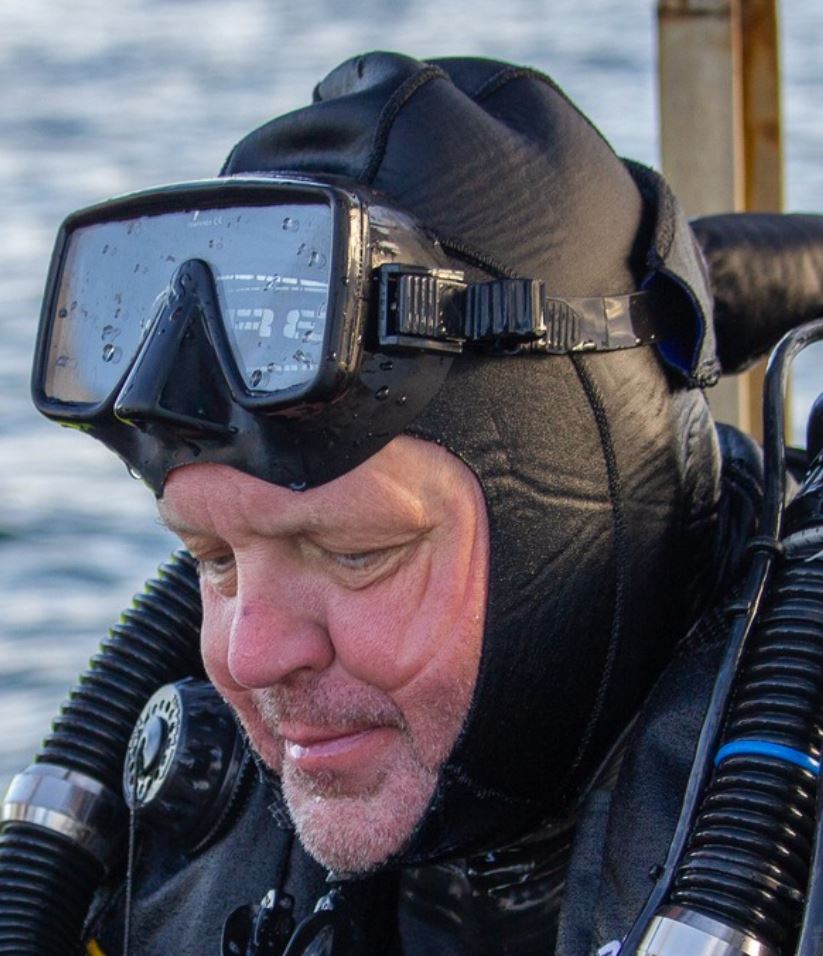
Every dive was emotional – it was so easy to put myself in the place of the sailors who worked, manned and stood in the places which we recognised. While there was much of the armaments and mechanics of warfare, what affected me most were the human aspects of life onboard. The bowls, dining wear, shoe soles, door hinges, desk fan etc. were all a reminder of the day to day lives of the sailors who lived and died on the ship. I found myself thinking of the men all the time, where they would have stood or slept at that moment of death and destruction. However, on a positive side, I could not imagine a more beautiful and fitting place for them to rest. The sea life which teamed and obscured the wreck was wonderful, a real “octopus’s garden”, colourful, quiet and peaceful – a fitting memorial in its own place.
Bob Anderson, Skipper and Expedition Diver
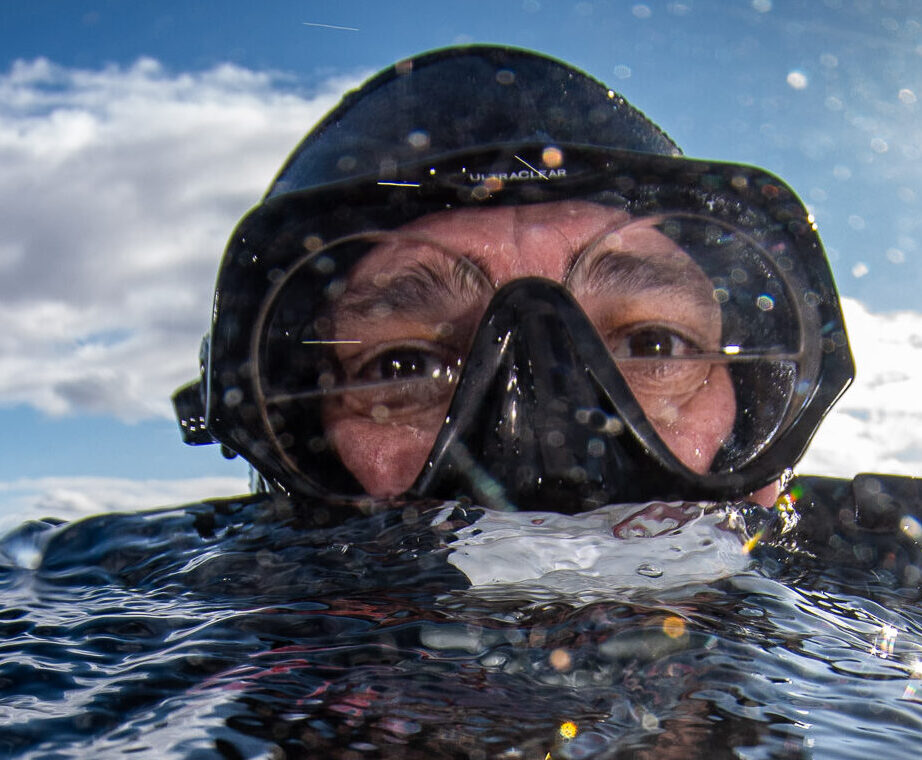
As a professional mariner I am acutely aware of the perils of a life at sea. To then understand that men went to war at sea fills me with a respect for the sailors that served on HMS Exemouth. The site itself is a technical challenge: 2 hours steam out of Wick and then an additional 60m underwater in a tricky dive. There is no doubt that the dive itself is a pleasure with clear water, the excitement of pushing personal limits and the fun of scuba diving in the company of friends. Likewise, the wrecksite is an interesting puzzle, a time capsule jumbled across the seafloor that requires concentration, observation and contemplation to unravel.
I have a good knowledge of boats so to see so many components scattered about on the seabed appealed to the engineering geek in me. But the mood that pervaded all the time in the water was the memory of the men who had been lost that day, Their ship was on brutal display, destroyed in bellicose anger and the memory of their lives scattered across the seabed, a thousand artefacts, forever on display in memorial to their last moment.
I feel a compulsion now to say what I saw and to keep the memory alive. It feels a small obligation in service of those who gave so much.
Martin Maple, Expedition Diver

Shipwrecks provide a unique lens through which to view the past. As divers we are in a fortunate position to see maritime history through the remaining naval architecture of trade and war. Yet it is not something that it is easy to do, and it is often hard to interpret what remains on the seabed without a lot of research effort. I feel immensely privileged to have visited HMS Exmouth to help record her remains.
It is hard to imagine the horror of her sinking but we sometime get a glimpse. On one dive I found a small piece of burnt timber. I looked up and the team had moved on. For a few seconds I felt completely alone on the wreck. A long way from the surface my blood ran cold. A few seconds later I had reoriented and re-joined the others, but this was an unnerving moment.
It is times like this on a shipwreck that bring a connection to the sailors who went down with her, and what they could have felt in the final moments. It is not an easy thing to consider. Today recording the site and preserving their memory is all that we can do, but it is an important and worthwhile task nonetheless.
Martin Demper, Expedition Diver
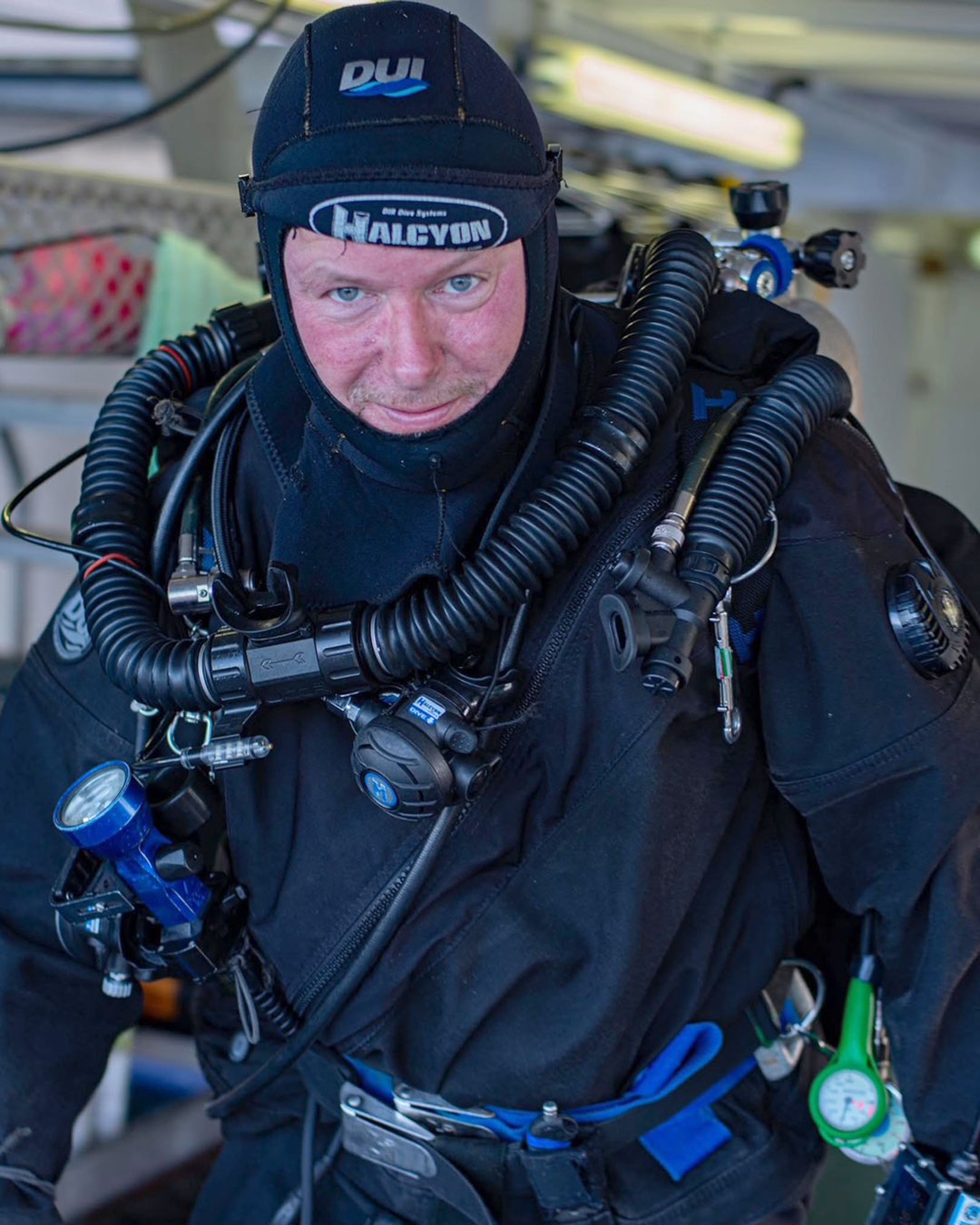
The sinking Exmouth is a somewhat “forgotten” event at the very early stages of WW2. In order to prepare ourselves Jen and Rich send us a big information package which also contained the transcripts of the enquiries done immediately after the disappearance of the Exmouth.
Reading the transcripts of the hearings does give one some preparation of what’s coming. Going over the statements of the Master, maybe even more those of the Chief Officer, and the rest of the crew of the Cyprian Prince sends a chill down your spine realising the events happing during that night. Diving, but especially wreck diving is challenging. This was a particularly challenging dive, both due to geographical location, and the as we found the state of the wreck.
Once the project started rolling, digging into the history of the wreck is really needed to understand what happened and what one is looking for, but also to bring the story alive. Without a story it really is just a pile of old metal, and the Exmouth certainly doesn’t deserve this label.
From the start it is was somehow clear that this is not an ordinary wreck. She went down on a chilly January morning and was lost will all hands. Some survivors were heard in the water after she went down by the crew of the Cyprian Prince, and whilst we were steaming to the location one cannot help but wonder about the poor sailors who ended up in the water there, only to see their only hope of survival, after a very brief stop, sailing away again. Once can only imaging the cries for help echoing over the water. (in some other documentation it is speculated that the Tekla, which was sunk later that day by the U22 came to help after the mayday calls which were sent that night – but that aside).
As I was new to North Sea wreck diving, the experience was calm and serene once one gets into the water. The greenish hue of the water somehow reflects a natural calmness during the descent to wreck. During every descent the realisation came that one is descending to something extraordinary, the final resting place of the souls lost that night, who gave their lives whilst defending Europe against tyranny.
Landing above the wreck a certain calmness takes over, the wreck itself looks extremely peaceful. Though the wreck itself doesn’t have a part almost in the original place, it radiates an almost zen like state. Where-ever one looks, there is life. Fish, colourful anemones, crustaceans and other life, have made the Exmouth their permanent home.
Having a maritime background very quickly a lot of parts start to make some sense, whilst, others, destroyer or deformed by the explosions(s) don’t make any sense at all. One thing remained, however. Up to that faithful night of the 21st of January 1940, the Exmouth was a living, breathing thing, manned by 180 men who had hopes and dreams, desires and wishes.
Every time I landed on the wreck; I took a short moment to remember them. This is still their home. Whenever you see a valve, part of machinery or some utensil, you can’t help but wonder that someone has worked with that part. That we might only see it again for the first time after all those years on the bottom of the cold North Sea. Each and every dive remained as impressive and loaded with healthy anticipation of being honoured to be able and allowed to dive this impressive wreck. And to remember those who paid the ultimate price. For me it’s one of the main reasons to dive, and to join projects such as these whenever possible. It is an impressive, very humbling experience. Specially in a time when both wars are slowly moving towards the background as we are losing the last survivors of World War 2. We need projects like these to keep the memories of those who fell alive. To tell their stories. To not forget why they fell.
